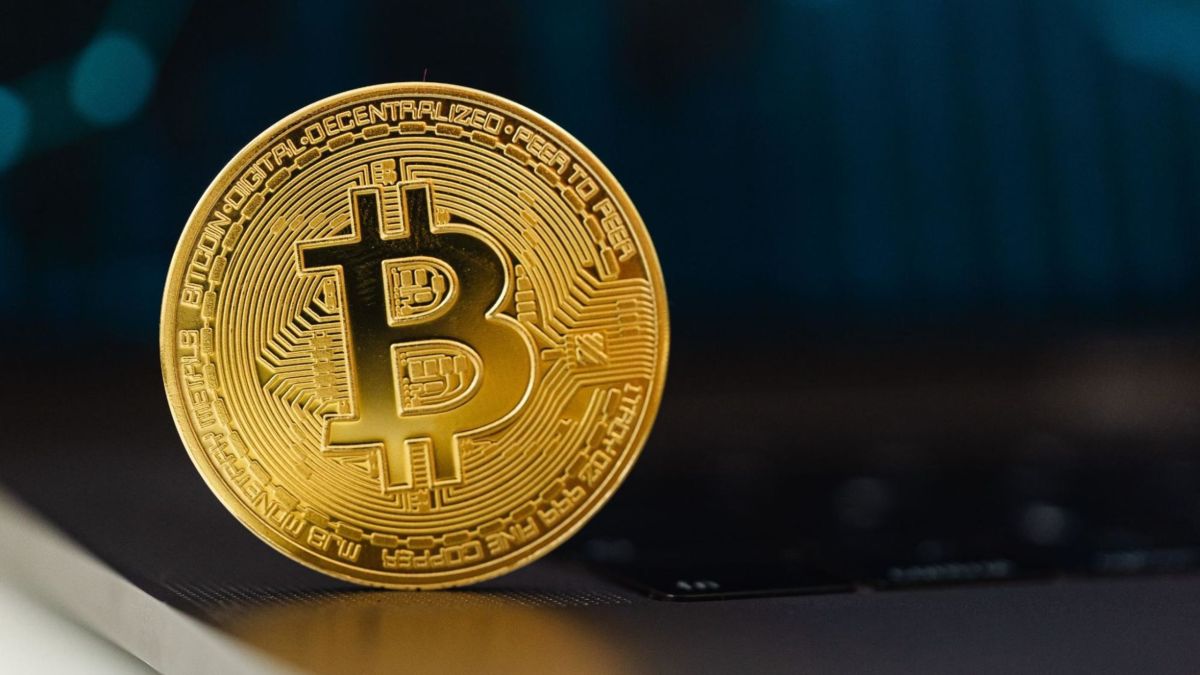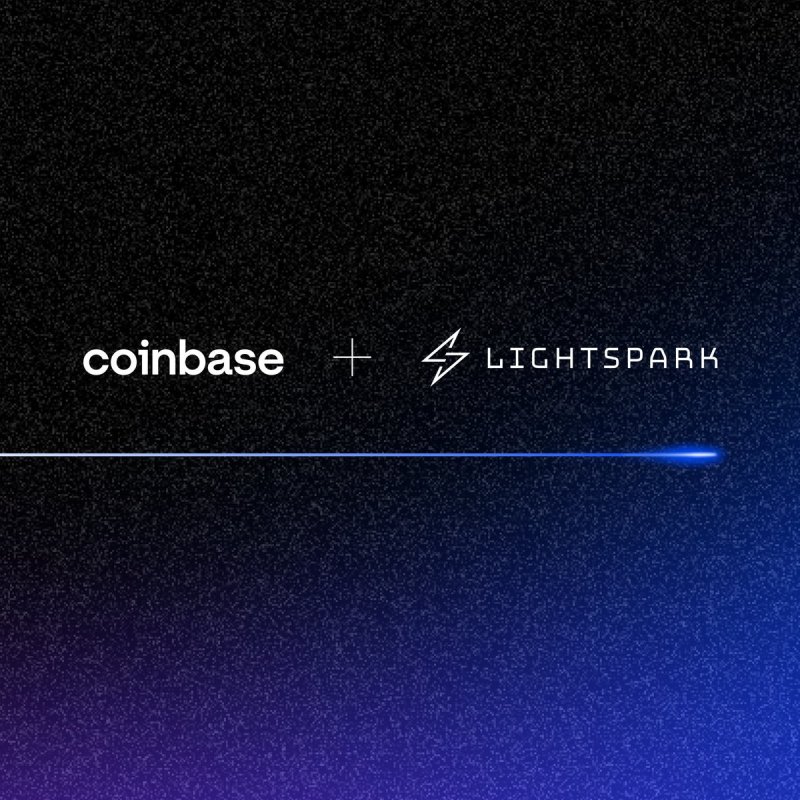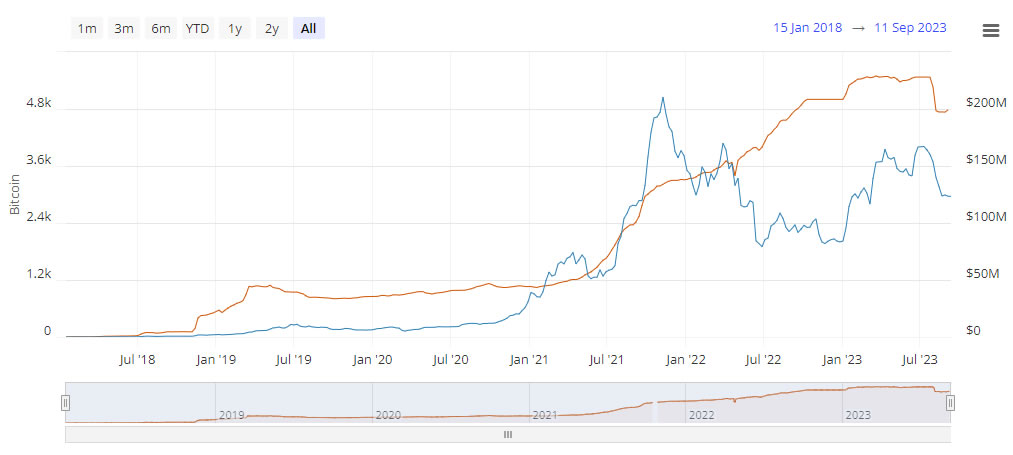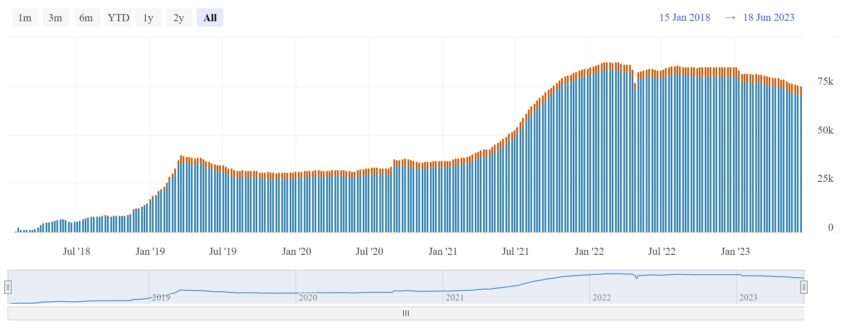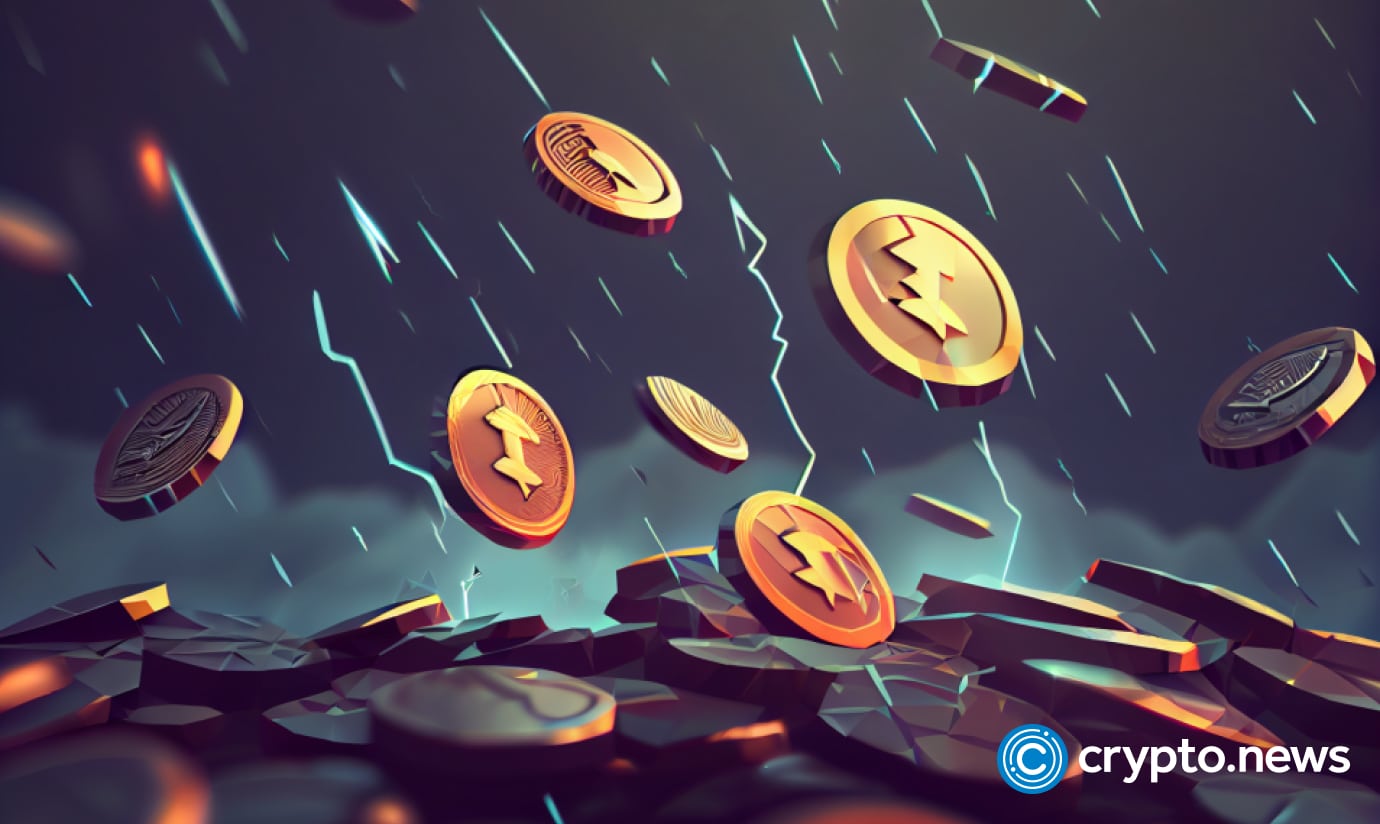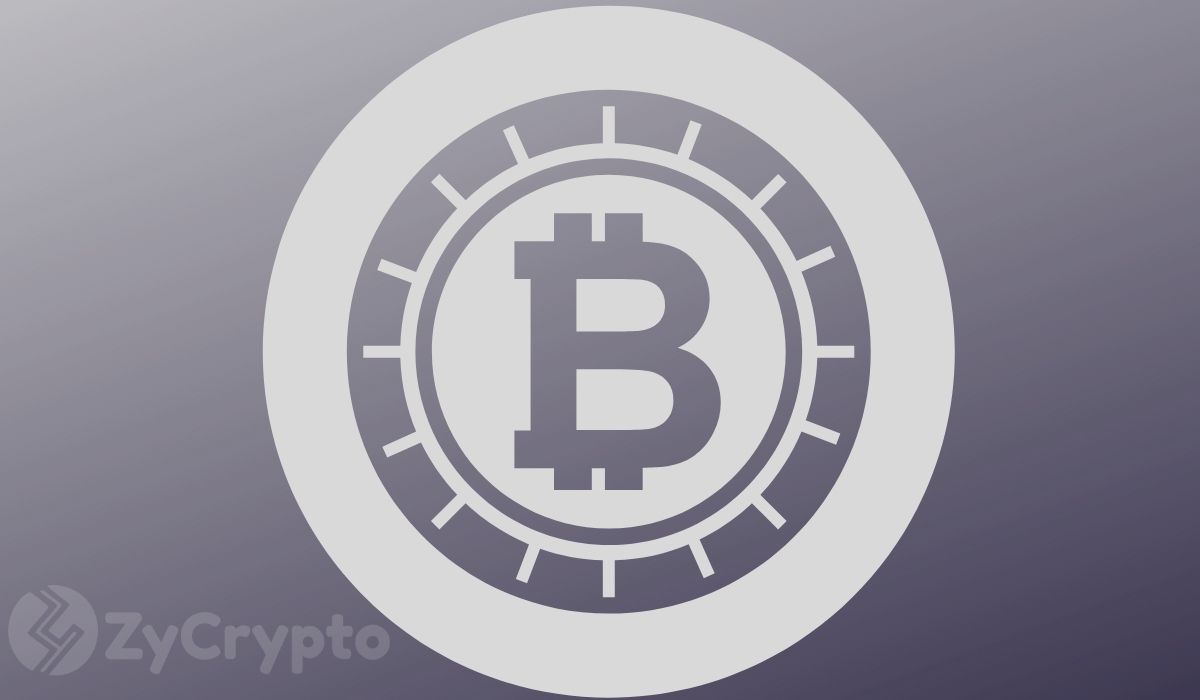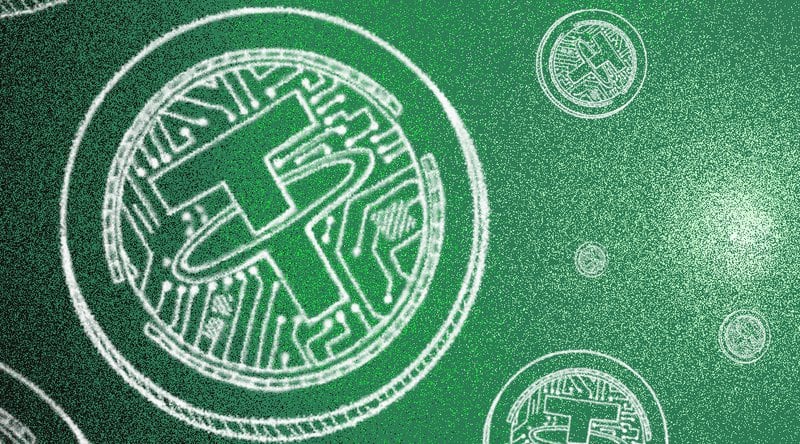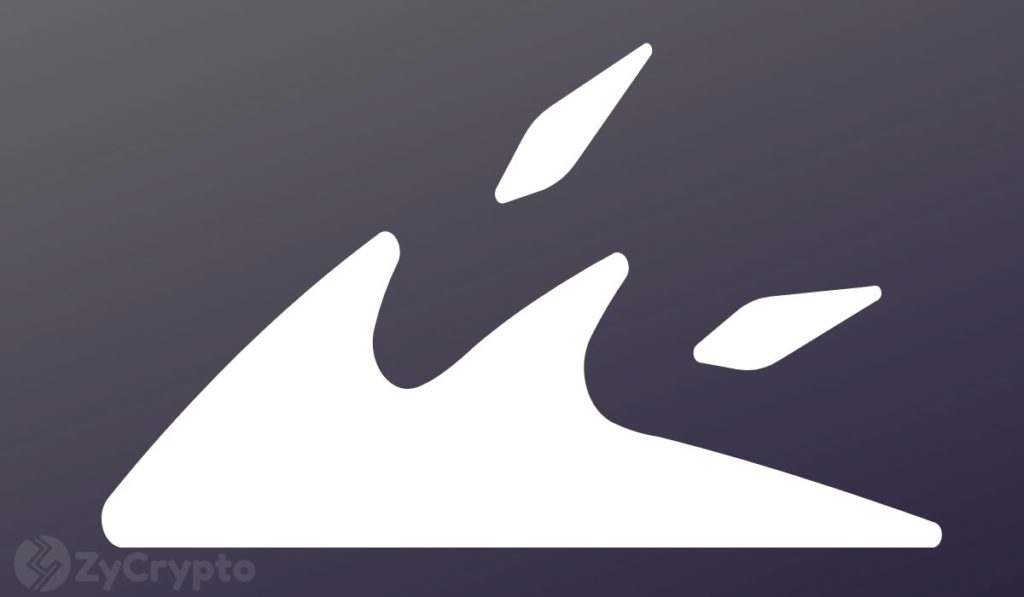2019-6-19 02:00 |
With the introduction of Joule Allowances, the Bitcoin network takes one step closer to achieving its potential for automated micropayments and ‘streaming money.’
Joule Allowances Enables BTC Auto-MicropaymentsSince its inception, Bitcoin has been trying to live up to its promise of being an enabler of frequent, low-value, instant payments. However, this is difficult to achieve on-chain, particularly when a block is mined roughly every 10 minutes
Now, a web-based tool is promising to make Bitcoin a reliable, seamless and affordable payment option. On June 13, 2019, software developer and co-founder at Grant.io, Willie O’Beirne gave an introduction of Joule Allowances.
Automatic #LightningNetwork micropayments are coming to @LightningJoule soon, here's a little preview. Still in the polish stage, so feedback is welcome!https://t.co/pRY4Thaiou
— Will O'Beirne (@wbobeirne) June 13, 2019
Joule is a WebLN-enabled browser extension that utilizes the user’s own lightning node to enable seamless micropayments in the background.
To avoid confusing Joule’s users and to make its operation more practical, O’Beirne notes that for now Joule Allowance payments will be restricted to payments made via WebLN only.
WebLN is a library that comprises of specifications for lightning apps and client providers to facilitate secure communications between apps and users’ lightning nodes.
To transact payments with Joule, the user needs an app that accepts or makes Lightning payments, as well as a compatible web browser, such as Chrome, Firefox, and Opera. Soon, Brave will also become compatible.
When configuring the allowance, the user will have the options of setting the maximum amount of satoshis that the application use, the maximum amount per payment, and the frequency with which the payments can be made.
Joule Allowances is still under development. O’Beirne explains,
Joule’s interface is just the start of automatic payments while browsing the web with Lightning. There’s currently ongoing discussion of how to programmatically request, configure, and inspect allowances via WebLN, a discussion of using the HTTP 402 response code for payments (that could be done automatically), and new features that would make programmable auto-payments more feasible (e.g., customizable LND macaroons.)
Bitcoin Micropayment Capabilities ImprovingRegardless of whether a fee is high or low, transactions have to wait to be confirmed with the next block, which usually takes around 5-15 minutes.
According to Bitcoinfees.earn.com, as of this writing, the fastest and cheapest transaction fee is 72 satoshis/byte. And for the median transaction size of 225 bytes, the charge is 16,200 satoshis. (One bitcoin equals 100 million satoshis.)
However, technical innovations such as Lighting Network and SegWit are easing network congestion, particularly in terms of scalability and reduced transaction fees. Now, the advent of automated payments such as Joule Allowances gets Bitcoin one step closer to become a viable micropayment option as well.
What impact do you think Joule Allowances will have on Bitcoin micropayments? Let us know in the comments below!
Images via Twitter/@wbobeirne, Shutterstock
The post Automatic Bitcoin Micropayments Are Coming to Lightning Network appeared first on Bitcoinist.com.
origin »Bitcoin (BTC) на Currencies.ru
|
|

